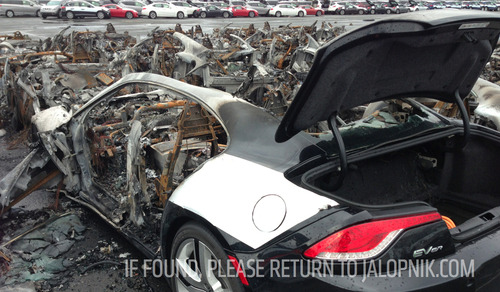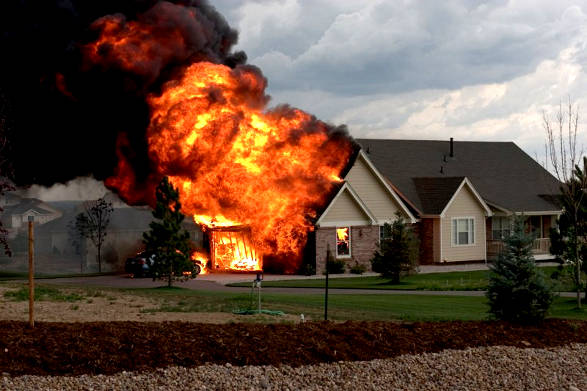- Joined
- May 18, 1997
- Messages
- 55,634
Don't Want to Burn to Death Edition
If you do not want to be left behind as a nifty pile of charcoal briquettes. (Our $5 word of the day!) You will surely want to know that your Tesla Model S now comes optionally equipped with a super duper Titanium Underbody Shield. Elon does point out that no Tesla owners have been burned to death yet.
On the other hand, it seems as though Lenova is pretty sure you will burn to death if YOU are set on fire by its batteries.
No injuries reported as of yet. But if you are set on fire by either a battery or a car, you could certainly burn to death. This editor would like to point out that using a Lenova battery while riding in a Tesla would likely double your chances of burning to death.
If you do not want to be left behind as a nifty pile of charcoal briquettes. (Our $5 word of the day!) You will surely want to know that your Tesla Model S now comes optionally equipped with a super duper Titanium Underbody Shield. Elon does point out that no Tesla owners have been burned to death yet.
With a track record of zero deaths or serious, permanent injuries since our vehicles went into production six years ago, there is no safer car on the road than a Tesla. The addition of the underbody shields simply takes it a step further.
On the other hand, it seems as though Lenova is pretty sure you will burn to death if YOU are set on fire by its batteries.
Recalled battery packs have one of the following part numbers starting with the fourth digit in a long series of numbers and letters printed on a white sticker below the bar code on the battery pack: 42T4695, 42T4711, 42T4798, 42T4804, 42T4812, 42T4822, 42T4828, 42T4834, 42T4840 and 42T4890.
No injuries reported as of yet. But if you are set on fire by either a battery or a car, you could certainly burn to death. This editor would like to point out that using a Lenova battery while riding in a Tesla would likely double your chances of burning to death.
![[H]ard|Forum](/styles/hardforum/xenforo/logo_dark.png)

